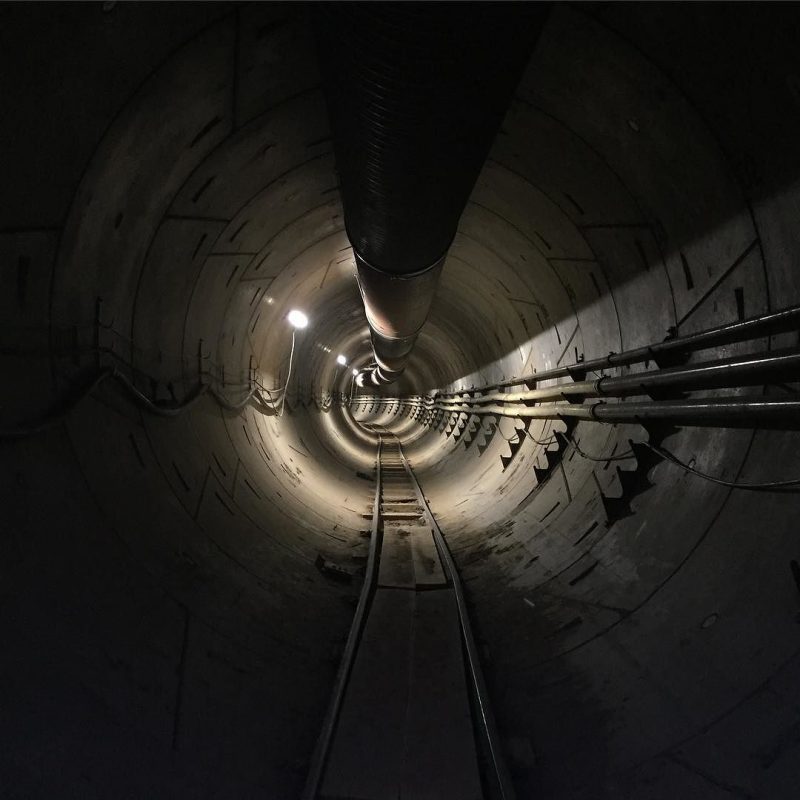Elon Musk Posts Photo Showing First Boring Company Tunnel
Ron Perillo / 7 years ago
Elon Musk has many hobbies and none of them include sitting idly by. He has proven time and time again that whenever he promises something, he will always follow through. Case in point: when he was stuck in LA traffic, he offhandedly tweeted about solving the issue. If he was any other CEO, it would not have amounted to anything but a public declaration. However, within a few days he started a new company specifically for tackling the problem. He called it “Boring Company”, as in literally boring into the ground.
Now only 10 months later, Musk took to Instagram to post the very first photo of the Boring Company tunnel under L.A. This is especially surprising considering how infamous the California government’s bureaucracy is when it comes to dragging their feet with permits. There are fire codes, earth quake codes and various building code hoops to jump through. However, for somebody like Musk who has the will and the money, it obviously is not a problem.
https://www.instagram.com/p/BazkWGvAsPJ/
Boring Tunnel vs Hyperloop
The Boring Company tunnel of course is different from Musk’s other effort, the Hyperloop. The Boring tunnel excavation is 30-foot-wide (9 m) and 15-foot-deep (4.6 m), with their initial testing tunnel measuring 50-foot-long (15 m). It was initially tested within the SpaceX premises in Hawthorne, CA just outside of Los Angeles. This allowed the company to conduct tests without going through the usual permits since it is in their land.
https://www.youtube.com/watch?v=u5V_VzRrSBI
While the Hyperloop and the Boring Company will work together on some projects, the idea Musk has planned for LA is a bit different. Hyperloop proposes a public high-speed transport system. However, the Boring tunnel locks cars on a sled, which then travels on rails in high-speeds. Think of it like a life-size slot car.
The movement inside the tunnel is completely automatic, requiring no input from the user other than to sit back and relax. A supercomputer monitors and controls all the traffic to ensure that there are no crashes or conflicts in the tracks, providing ample space between each unit, and giving users the ability to travel from city to city within minutes.




















